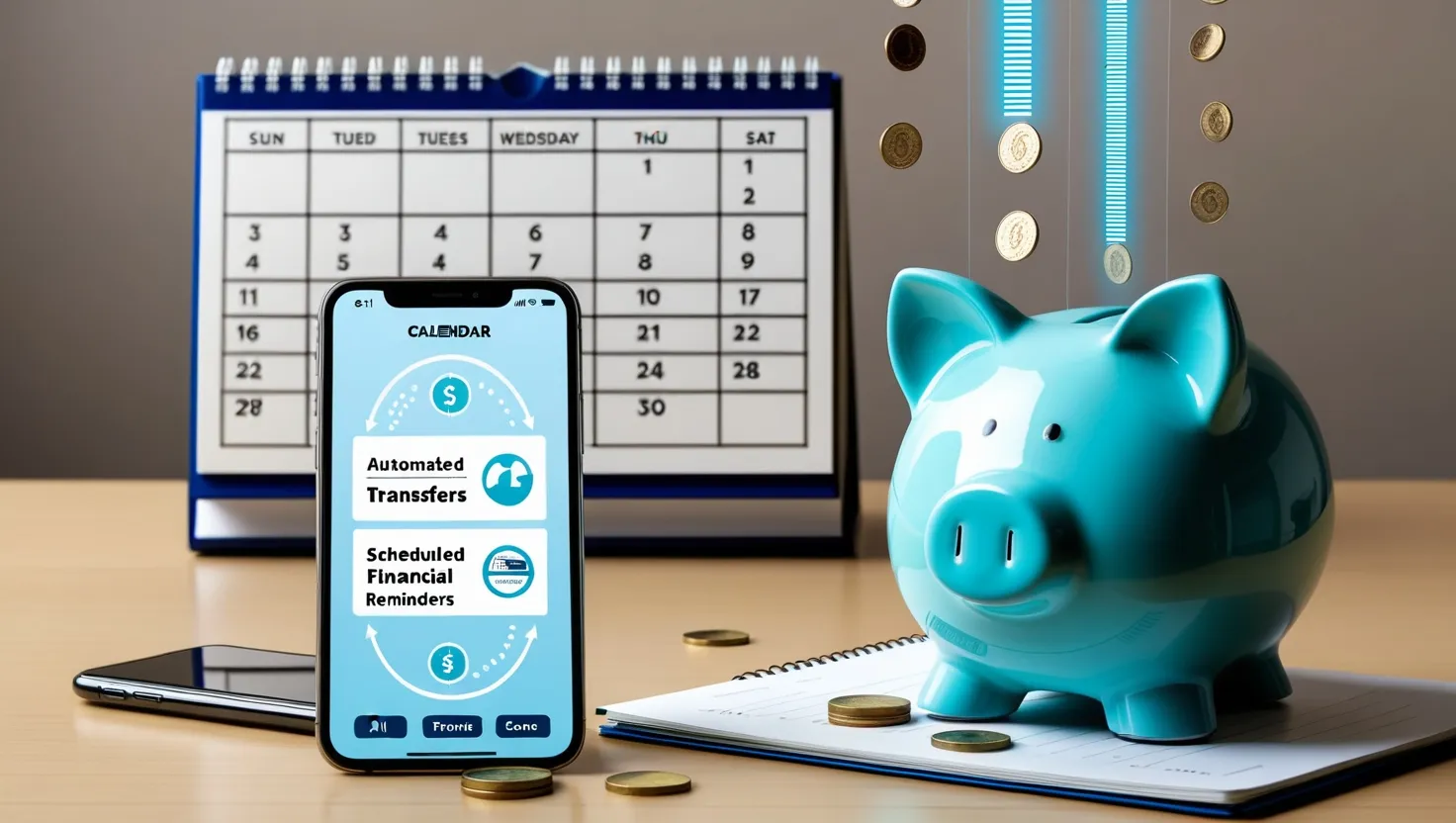Wealth rarely grows by accident, but what if I told you it doesn’t require relentless budgeting or daily sacrifices either? I’ve found the most effective savings habits are those that happen almost automatically, woven quietly into the fabric of everyday life. Let’s explore five ways you can put your personal finances on autopilot—smart, simple systems that actually speed up your savings while demanding little from you beyond a few smart decisions upfront.
Can you imagine waking up next year to a bank balance that surprises you—in the best way? That’s the power of automating savings, letting compound interest and incremental progress do their work in the background while you get on with living.
“Do not save what is left after spending, but spend what is left after saving.” – Warren Buffett
If you’re like most people, good intentions about saving tend to evaporate between card swipes and last-minute expenses. I’ve watched it happen to myself and countless others. But here’s the trick: when you structure your finances so that saving happens before you have a chance to spend, your results transform. I set up a multi-tiered automatic transfer system—three small transfers, spaced out from each paycheck, each designed to catch spare dollars right as they appear and again before they slip away. The first move happens the day after my paycheck lands, sweeping in half my monthly savings goal. Another thirty percent transfers halfway through the pay period, helping me capture more before mid-month temptations set in. The final twenty percent shifts just days before the next payday, safeguarding the leftovers that would otherwise get spent impulsively. Instead of wishing I’d saved more, I find myself surprised at how much sticks around.
Have you ever noticed how windfalls—tax refunds, bonuses, birthday money—seem to vanish faster than paychecks? Behavioral economists call it “mental accounting,” and it’s as common as it is unhelpful. To counter this, I programmed my banking app to move specific percentages of every windfall straight to savings or investments. Eighty percent of my tax refund, seventy percent of work bonuses, sixty percent of side income, half of any gift money…gone to future me before current me can find creative ways to spend it. The rules are automatic, triggered whenever a deposit surpasses my usual paycheck. Suddenly, unexpected money stops being fuel for impulse buys and starts working for my long-term goals.
“Money is a terrible master but an excellent servant.” – P.T. Barnum
Let’s talk about spare change. It’s easy to overlook, right? But daily purchases add up. I started using a roundup tool linked to my checking account, which rounds each purchase up to the next dollar and saves the difference. But here’s the twist: instead of just rounding up, I set the tool’s multiplier to two or three. Buy coffee for $3.50? The app rounds it up fifty cents and doubles or triples it, sending $1 or $1.50 straight to my investment account. It’s painless, nearly invisible, and shockingly effective over time. The extra dollars pile up into something meaningful—without ever missing the money day to day.
Have you ever signed up for a subscription, promising yourself you’d cancel after the free trial, only to forget? Or found your bills creeping upwards with mysterious “fees and upgrades”? Most of us have. That’s where automated bill auditing comes in. By connecting a service or app to my recurring payments, I get regular reviews, with suggestions (and sometimes automatic negotiations) to cut costs or scrap unused services. I don’t have to scan charges or make tedious phone calls; the system flags, negotiates, or cancels as needed. Those small savings, consistently recaptured, can quietly add up to hundreds over a year.
“Beware of little expenses. A small leak will sink a great ship.” – Benjamin Franklin
Finally, let’s consider scheduled upgrades. Most people only think about raising their 401(k) contributions or rebalancing their investment portfolio when prompted by dramatic market moves or annual reviews. I decided to take myself off the hook by setting recurring calendar reminders—some paired with automatic actions, others requiring just a quick check-in. Every six months, my retirement contributions nudge up by a percent or two. At tax time, insurance rates and deductibles get reviewed. Quarterly, my investments rebalance themselves according to a pre-set strategy. I no longer wait for inspiration or urgent reminders. Growth becomes the default, not the exception.
What’s stopping you from setting up a similar system? If it’s complexity, don’t worry—it usually takes an hour or two to lay the groundwork, and then the process runs itself. If it’s skepticism, remember that most of us overestimate what we can do with willpower and underestimate what we can achieve by designing smart systems.
Here’s a question: How much time do you spend each month actually thinking about your savings goals? For most people, sporadic attention (quick budget checks, last-minute transfers) doesn’t compete with a well-engineered set of automations. The less energy you invest in micromanaging, the more likely you are to stay consistent.
There’s a hidden advantage to automation that doesn’t get enough attention. It frees up mental bandwidth. Your mind, relieved of nagging money worries, is free to focus on more meaningful pursuits—your work, your relationships, your creativity. This is where I find the true value: not just in the dollars accumulated, but in the space cleared for everything else.
“Someone is sitting in the shade today because someone planted a tree a long time ago.” – Warren Buffett
If I had to start from scratch, I’d still choose these same five systems. They create a baseline of steady progress, regardless of mood, motivation, or distractions. The incremental wins accumulate quietly, driving wealth in the background while I live my life in the foreground.
Is it really “zero effort”? Maybe not quite. You do need a little discipline up front—to choose, to set up, to let go of “doing it all yourself.” But after that, the effort curve drops almost to the floor. The results, however, stack up much higher than most ad-hoc saving plans.
The key here isn’t just about growing wealth—though that’s what happens. It’s about designing your financial life to support your highest priorities with the least friction. When your money moves in line with your goals, automatically, you become the kind of saver others think must have more discipline or willpower. Really, you just have better systems.
So let me ask: What would your life look like a year from now if saving for your future required less willpower than brushing your teeth? What if surprise expenses no longer tangled your plans, and your savings balance quietly, reliably grew behind the scenes?
Let the power of automation handle the heavy lifting. Set the rules once, tweak as needed, but mostly get out of your own way. You’ll be amazed at how much you can save—while barely noticing you’re doing it at all.






